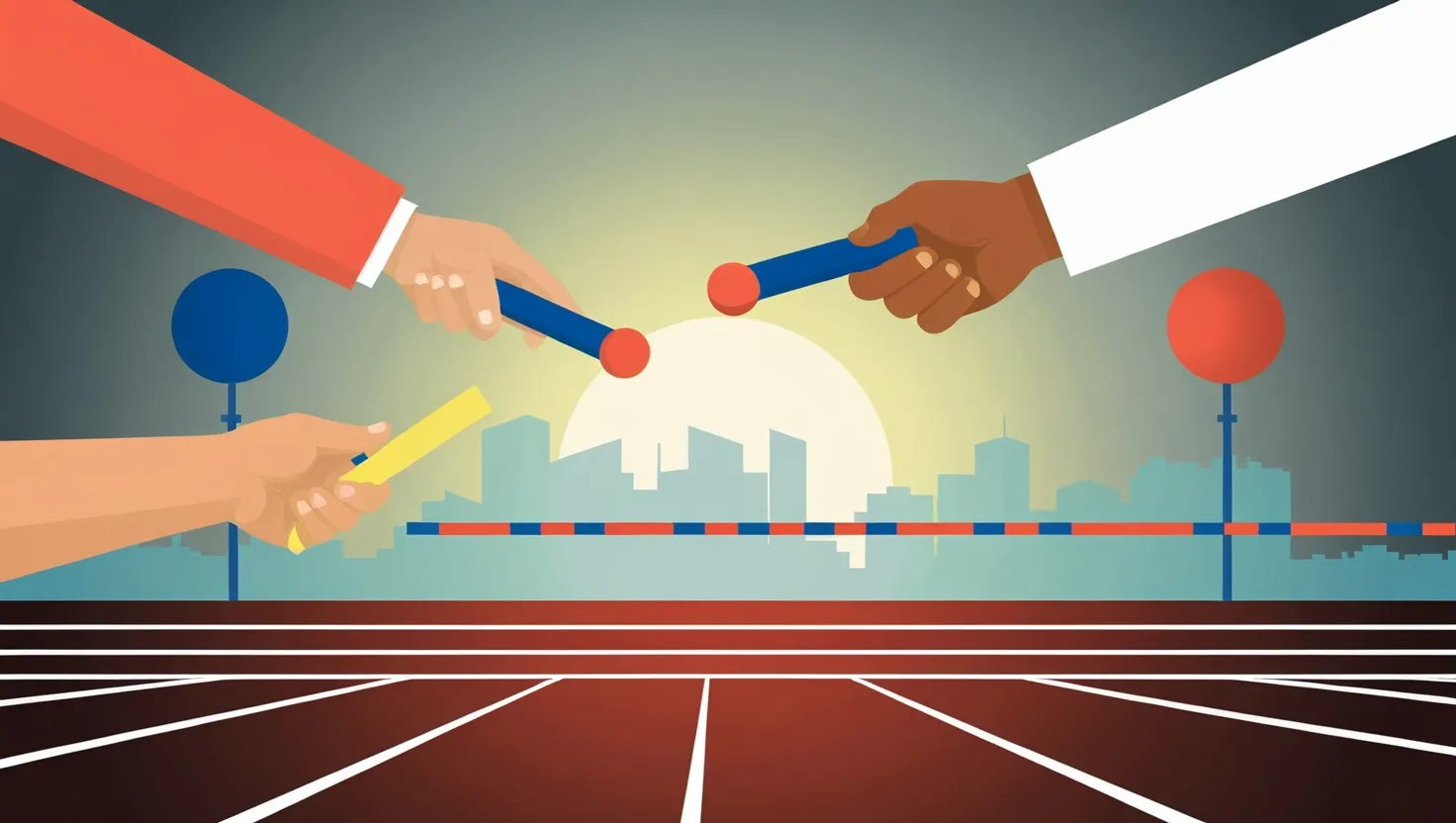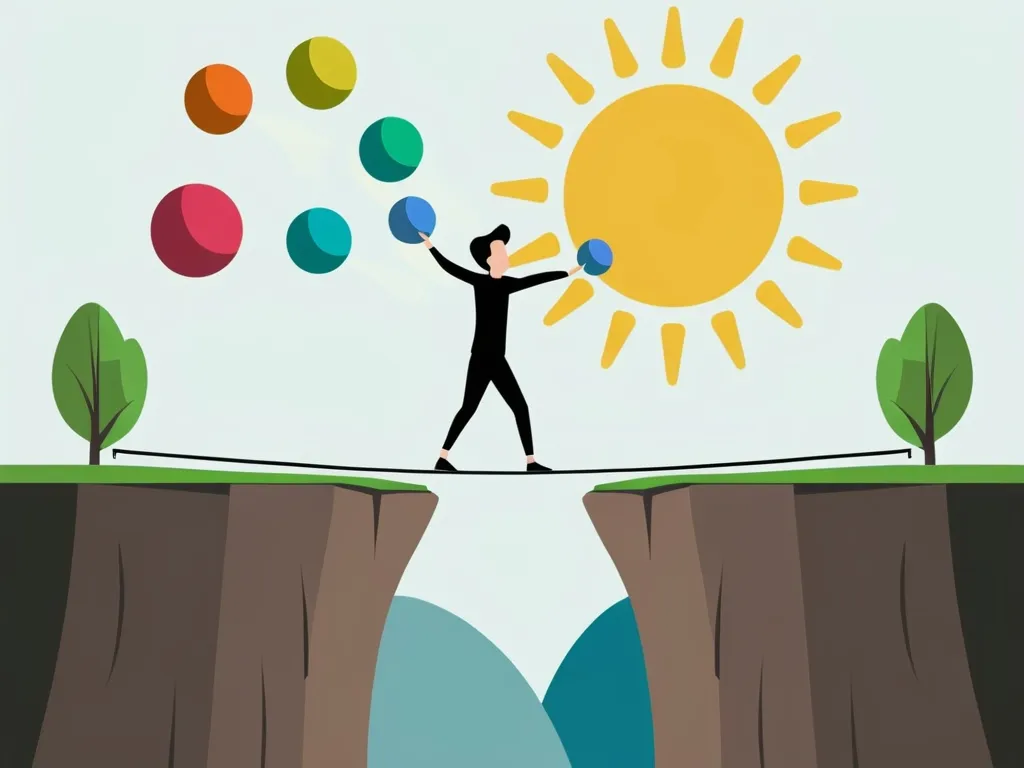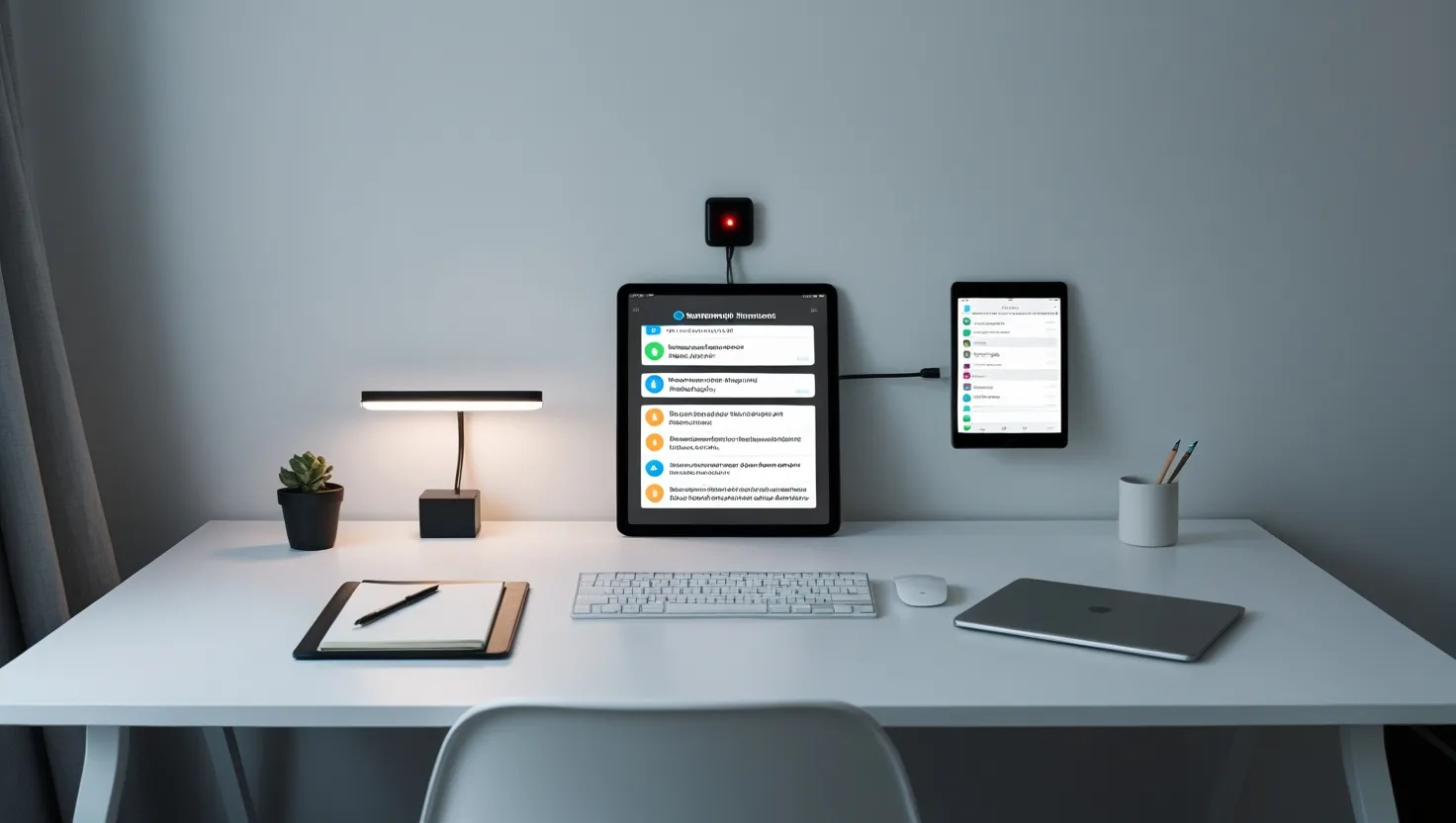Ever feel like you’re sprinting hard at the starting line of a project, only to slow to a crawl as you near the finish? We’ve all experienced that drag—the never-ending “almost done” pile, the little tasks that linger, and the strange satisfaction gap between starting projects and wrapping them up. The reality: finishing, not just starting, is what counts. Getting tasks fully across that invisible finish line is what keeps projects rolling forward. So how do you make that happen reliably? Let’s look at five practical triggers for task completion that help you maintain real, day-to-day project momentum.
If you’ve tackled any reasonable-sized project, you know that ambiguity around what “done” means can be a silent killer. Vague endpoints invite indecision, repeat reviews, and that classic feedback loop: “Let’s just tweak this one more thing.” It’s like painting a room and then endlessly debating the shade of blue. The solution? Define your finish line up front for every task. Instead of “write report,” it becomes “draft, edit, and submit five-page Q2 report with attached spreadsheet by Wednesday noon.” That’s clarity. Not only does this make it easier to recognize completion, but it also curbs the temptation for endless revisions and scope creep. When your team knows what “done” looks like, they’re more confident about calling it done and moving on.
“Plans are nothing; planning is everything.” —Dwight D. Eisenhower
What happens right after you finish something? There’s a tendency to think, “Great, next!” and barrel on. But when you pause and document what just happened—what you accomplished, any obstacles, and your takeaways—you lock in the learning. This tiny habit forms a breadcrumb trail of your project journey. I try to keep it dead simple: a few lines in a running log, or even a quick voice note. Over time, these notes become gold. They reveal themes: that one recurring bottleneck, the surprising shortcut, the miscommunication that almost derailed us. Sharing these mini-reports with your team also builds transparency, boosts trust, and saves future headaches. Why learn the same lesson twice? Plus, finishing with documentation means you’re never scratching your head weeks later, wondering what happened and why.
“He who learns but does not think, is lost! He who thinks but does not learn is in great danger.” —Confucius
Once a task is finished, what next? This pause is a danger zone. When we lose the plot here, projects drift. If there’s no clear bridge from one finished task to the next actionable step, energy leaks out and inertia sets in. My fix is to piggyback off the burst of completion energy. As soon as I check something off, I ask, “What is the very next thing that absolutely must happen?” Sometimes it’s as minor as sending an update or scheduling a meeting. Sometimes it’s outlining the starting steps for the next task. The trick is to capture and schedule that next action immediately. Momentum isn’t about speed—it’s about not letting the baton drop between sprints.
“Amateurs sit and wait for inspiration, the rest of us just get up and go to work.” —Stephen King
We rarely talk about how finishing actually feels. For most of us, it’s not much. We click “done” and move to the next. But rewarding yourself in small ways for each completion is a performance enhancer. You’re reinforcing the habit loop: cue, action, reward. Pick a micro-ritual. Mine is standing, stretching, and getting a coffee after a chunk of work is done. Others take a short walk, listen to a favorite song, or simply pause to breathe deeply and acknowledge progress. What matters isn’t the size of the reward—it’s the consistency. Over time, your brain associates task completion with a small win, making you more likely to finish next time. There’s science behind this: dopamine and motivation are closely tied to our reward systems.
“Success is the sum of small efforts, repeated day in and day out.” —Robert Collier
Now, let’s talk about making sure you really move forward, using completed work as a springboard. Most project reviews focus on what’s left to do or what’s gone wrong. Instead, I run “momentum reviews.” I gather the team or do a solo recap, but the agenda is simple: what just got finished, what made it possible, and how can we replicate that? We look for patterns—did the checklist help? Did clear deadlines make a difference? Did one person’s input solve a roadblock? Success leaves clues. When you shift focus to completed tasks, you build confidence and harvest insights you’d otherwise miss. It also breaks the cycle of endlessly troubleshooting problems while neglecting what’s already working.
Think about your own workflow. Which stage tends to stall your progress? Is it not knowing when a task is truly done? Forgetting to pause and record hard-won lessons? Missing a smooth handoff to the next action? Neglecting to celebrate even small wins? Or maybe you gloss over reflection and miss out on building momentum? Most of us struggle with multiple triggers at once, and that’s normal. The good news: each can be built into your system with a tiny tweak.
“Don’t watch the clock; do what it does. Keep going.” —Sam Levenson
Imagine the difference if every task in your project life cycle moved from “not started” to “fully finished” without friction. The team knows what’s expected. Every completion feeds the next action. Lessons are captured for the future. Progress is celebrated, not just acknowledged. And every session looking back is an opportunity to spot what’s working and build on it. These triggers aren’t magic bullets, but they are reliable nudges—reminders that progress isn’t just about starting strong but about finishing well.
What would your week look like if every task ended with clarity, closure, and the next step lined up? How would it feel if your wins, no matter how minor, got a moment in the sun? How much more resilient would your projects be if every review focused on amplifying momentum, not just fixing snags?
Here’s the challenge: for your current project, pick one trigger you’re not currently using and give it a try for the next three tasks you complete. Define exactly what “done” looks like, jot a two-sentence debrief, lock in the next action, celebrate, or hold a momentum review. Notice what shifts. Sometimes, the smallest strategic tweaks yield the biggest results.
“The way to get started is to quit talking and begin doing.” —Walt Disney
Momentum isn’t the result of luck or endless hustle—it’s the product of smart systems and deliberate triggers. Set up these anchors in your approach, and watch as your projects stop limping toward the finish line and start striding across it. The work isn’t just to finish, but to finish on purpose, every single time.






